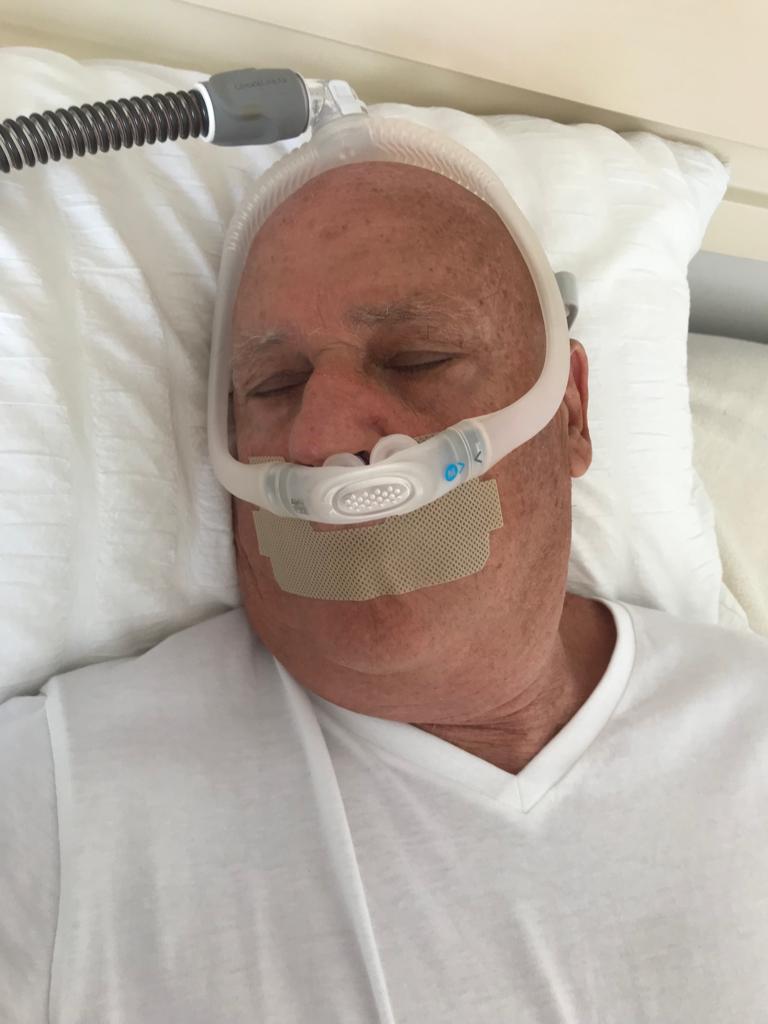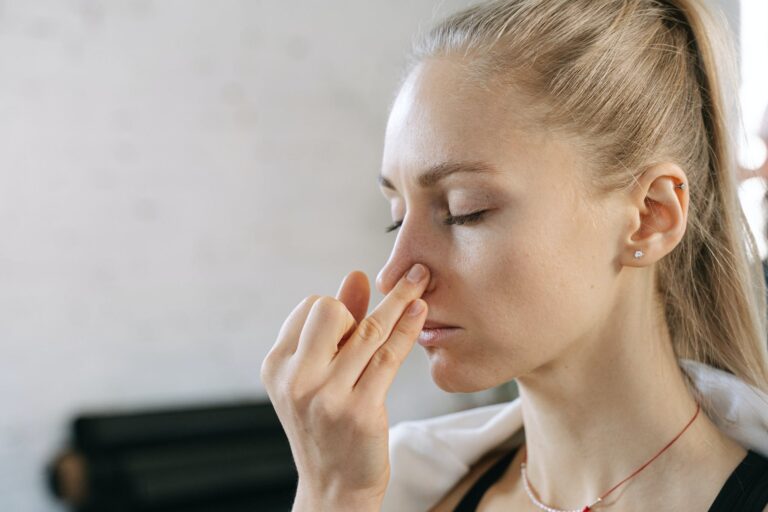Devices to keep your mouth closed while sleeping:
Sleep is a fundamental component of our daily lives, essential for physical and mental well-being. But for those who struggle with mouth breathing during sleep, it can be a source of discomfort, health concerns, and even disruptions to their partner’s sleep. The good news is that various devices have been developed to help keep the mouth closed during sleep, encouraging the natural process of nasal breathing. This comprehensive guide will explore the importance of nasal breathing, the consequences of mouth breathing, and various devices designed to promote nasal breathing for a better night’s sleep.
The Importance of Nasal Breathing
The Role of Nasal Breathing in Sleep
Before we dive into the world of devices to maintain closed mouths during sleep, let’s take a moment to appreciate the importance of nasal breathing. Nasal breathing is the body’s preferred and most efficient method of taking in air, especially during periods of rest like sleep. This natural process involves inhaling and exhaling through the nose, and it serves several critical functions:
- Filtration: The nose acts as a filter, trapping particles, allergens, and bacteria from the air before they reach the lungs, thereby promoting healthier breathing.
- Humidification: Nasal passages humidify the air, preventing the airway from drying and irritation.
- Warming: Air passing through the nose is warmed to body temperature, preventing irritation to the sensitive lung tissue.
The Consequences of Mouth Breathing
While nasal breathing offers numerous benefits, mouth breathing during sleep can lead to a range of issues:
Snoring:
Mouth breathing often contributes to snoring, allowing air to flow freely over the throat’s soft tissues, causing them to vibrate.
Dry Mouth:
Constant airflow through the mouth can lead to a dry mouth and a parched feeling upon waking.
Reduced Sleep Quality:
Mouth breathing may result in reduced sleep quality, leading to feelings of fatigue and grogginess during the day.
Increased Risk of Infections:
The mouth lacks the filtration and humidification capabilities of the nose, making it easier for airborne particles to enter the respiratory system, potentially increasing the risk of infections.
Dental and Oral Health Issues:
Chronic mouth breathing may contribute to dental problems, including an increased risk of cavities and gum disease.
Sleep Apnea:
Mouth breathing can worsen sleep apnea, characterized by interrupted breathing during sleep, as it encourages the collapse of the throat tissues.
Given the potential consequences of mouth breathing during sleep, finding effective ways to encourage nasal breathing is crucial for ensuring a restful and healthful night’s sleep.
Devices to Encourage Nasal Breathing
Thankfully, various devices have been developed to help individuals maintain closed mouths during sleep, promoting nasal breathing. Let’s explore some of the most commonly used machines in this category.
Nasal Strips
Nasal strips are the most familiar devices for promoting nasal breathing. These adhesive strips are applied to the outside of the nose, gently pulling the nostrils apart and helping to open nasal passages. They are a non-invasive and readily accessible option for those looking to reduce mouth breathing during sleep.
Pros of Nasal Strips:
- Non-Invasive: Nasal strips are easy and non-invasive, making them suitable for most individuals.
- Widely Available: They are widely available at pharmacies and online retailers.
- Immediate Relief: Nasal strips provide immediate relief by physically opening the nasal passages, allowing for improved airflow.
Cons of Nasal Strips:
- Temporary: The effects of nasal strips are temporary and last only as long as the strip is in place.
- Skin Sensitivity: Some individuals with sensitive skin may experience skin irritation or discomfort when using nasal strips.
- Not Suitable for Everyone: Nasal strips may not be suitable for individuals with certain nasal deformities or allergies.
Nasal Dilators
Nasal dilators are small devices designed to be placed inside the nostrils. They work by gently expanding the nostrils, which helps improve airflow through the nasal passages. Nasal dilators are available in various shapes and sizes, catering to different preferences and comfort levels.
Pros of Nasal Dilators:
- Non-Invasive: Like nasal strips, nasal dilators are non-invasive and easy to use.
- Customizable Fit: They come in different sizes and styles, allowing individuals to choose the best suits them.
- Reusable: Many nasal dilators are reusable, making them a cost-effective option.
Cons of Nasal Dilators:
- Comfort: Some users may find nasal dilators uncomfortable or intrusive.
- Cleaning: Proper cleaning and maintenance are essential to prevent dirt and bacteria buildup.
- Individual Variability: Not all nasal dilators work equally well for everyone, and it may take some trial and error to find the right fit.
Anti-Snoring Chin Straps:
Anti-snoring chin straps are primarily designed to reduce snoring by keeping the mouth closed during sleep. These straps wrap around the head and chin, supporting the jaw and preventing it from dropping open. While their primary goal is to reduce snoring, they can also effectively discourage mouth breathing.
Pros of Anti-Snoring Chin Straps:
- Dual Purpose: These straps address both snoring and mouth-breathing issues.
- Easy to Use: They are simple to put on and require no special fitting.
- Comfortable: Many users find them comfortable to wear.
Cons of Anti-Snoring Chin Straps:
- Limited Effectiveness: Their effectiveness in preventing mouth breathing varies from person to person.
- Adjustment: Proper adjustment is essential to ensure comfort and effectiveness.
- May Not Address Underlying Causes: While they can alleviate the symptoms of mouth breathing, chin straps may not address the root causes.
Tongue Retaining DeTongue-retaining devices (TRDs) are designed to keep the tongue forward during sleep. It helps prevent the tongue from falling back into the throat, which can obstruct the airway and promote mouth breathing.
Tongue Stabilizing Devices (TSDs):
Tongue stabilizing devices are designed to hold the tongue in place during sleep, preventing it from falling backward into the throat. These devices typically consist of a suction bulb with the language in a forward position.
Pros of Tongue Stabilizing Devices (TSDs):
- Effective for Sleep Apnea: TSDs can be effective for individuals with sleep apnea or snoring caused by tongue obstruction.
- Minimal Impact on Teeth: TSDs do not significantly impact teeth alignment, unlike other oral devices.
- Comfortable for Many: Many users find TSDs comfortable to wear.
Cons of Tongue Stabilizing Devices (TSDs):
- Adaptation Period: Some individuals may experience an adjustment period as they get used to wearing TSDs.
- May Not Address All Causes: TSDs primarily address tongue-related obstructions and may not be effective for all




